
(above: at the Green Mountain National Forest in Ripton, the hot sun blasts through the leafless maples and birches).
If hemlocks and white pines could laugh, they'd be giggling wildly right now. A step into a pine grove offers the sweet smell of millions of sun-baked, actively metabolizing pine needles. The conifer saplings in the understory, usually struggling for light, are bathed in sunlight and are undoubtedly being offered an early-season advantage over their deciduous competitors.
The maples, oaks, birches, and other deciduous trees are standing mostly bare, though many of the maples are now flowering. Below is a photograph of a flowering red maple. The sugar maples are not as far along, but apparently are far enough along in their life cycle that they are not producing tappable sap, to the unfortunate detriment of the syrup industry.
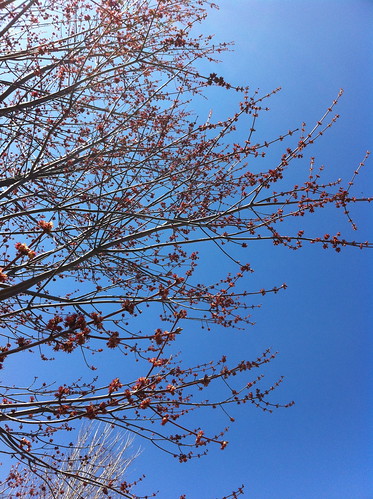
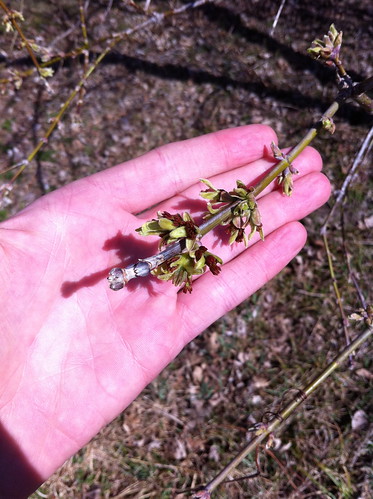
So why aren't the deciduous trees taking advantage of the warm, sunny conditions?
Unlike conifers, deciduous trees aren't 'built' to hold snow when leafed out. We saw the consequences of heavy off-season snow last October when a record-breaking blizzard swept through southern New England. Having experienced countless warm springs, late snows, January thaws, and other varied weather events, the trees will not leaf out until a set of complicated conditions are met. The trees will leaf out early in a warm spring, but not this early. For the most part, they are playing it safe.
Introduced plants, on the other hand, aren't adapted to the local climate. Ironically this may work to their advantage this year, and could lead to an increase on invasive plant problems if a warming climate causes more springs like this one.
Flowers like these snowdrops have emerged in yards and around homes and are taking advantage of the warm weather.

Lilacs are leafing out:
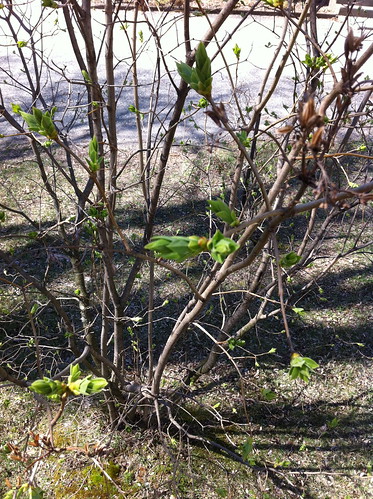
Coltsfoot is blooming:

Daylilies are sprouting:
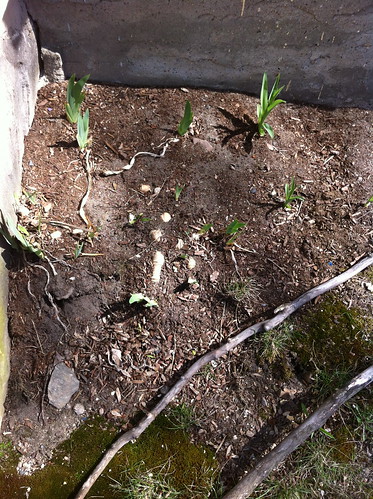
and invasive honeysuckle is also putting out leaves:
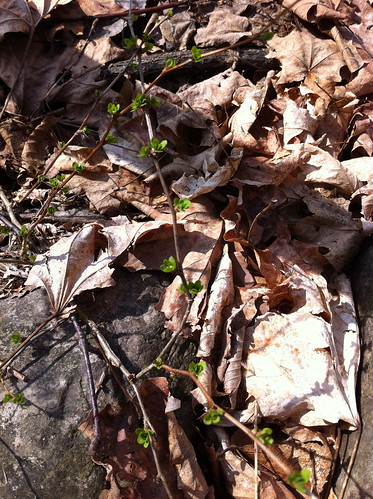
I decided to join the gamble, and tossed a few frost-hardy seeds into the garden. They are already sprouting, and we'll see if they survive the return to below-freezing nights next week:
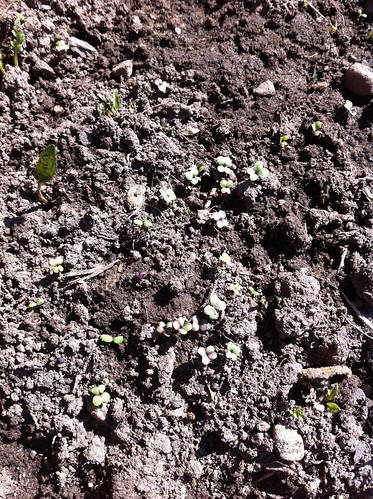
Not every native plant is playing it safe, however. I did find a few of Vermont's native species taking a chance on the warm spring:
Blackberry:

Balsam poplar:

I found these little seedlings around town:
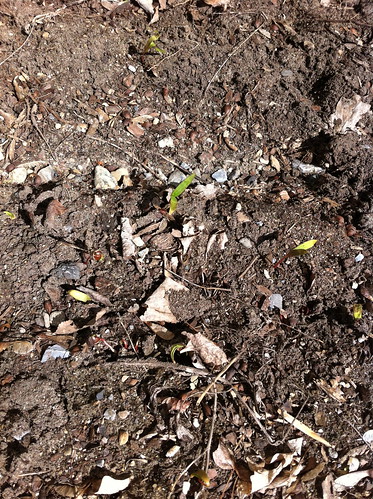
I had no idea what they were until I found one with a seed still attached...

These little sprouts are sugar maple seedlings!
So what does the future hold? In the short term, conditions are warm and quite dry, and for probably the first time I've seen in my time in Vermont, there is a fire weather watch. Next week, temperatures will drop closer to normal, with lows in the mid 20s forecast by Monday night. It will be interesting to see how many of the green leaves and new seedlings are damaged by this cold. Some of the longer-range computer models have hinted at a chance of some April snow, which is by no means unusual in Vermont, but is hard to imagine with 80 degree temperatures outside. A heavy, wet snowfall could rip the limbs off of any tree that decides to take the gamble and leaf out now. Based on the past winter of failed snowstorms, however, it seems more likely that we pick up only a dusting, if anything, in the next month.
The bottom line? Vermont's plants have placed their bets, but the cards have not yet been drawn. We will have to wait a few months to see who wins this hand.

No comments:
Post a Comment